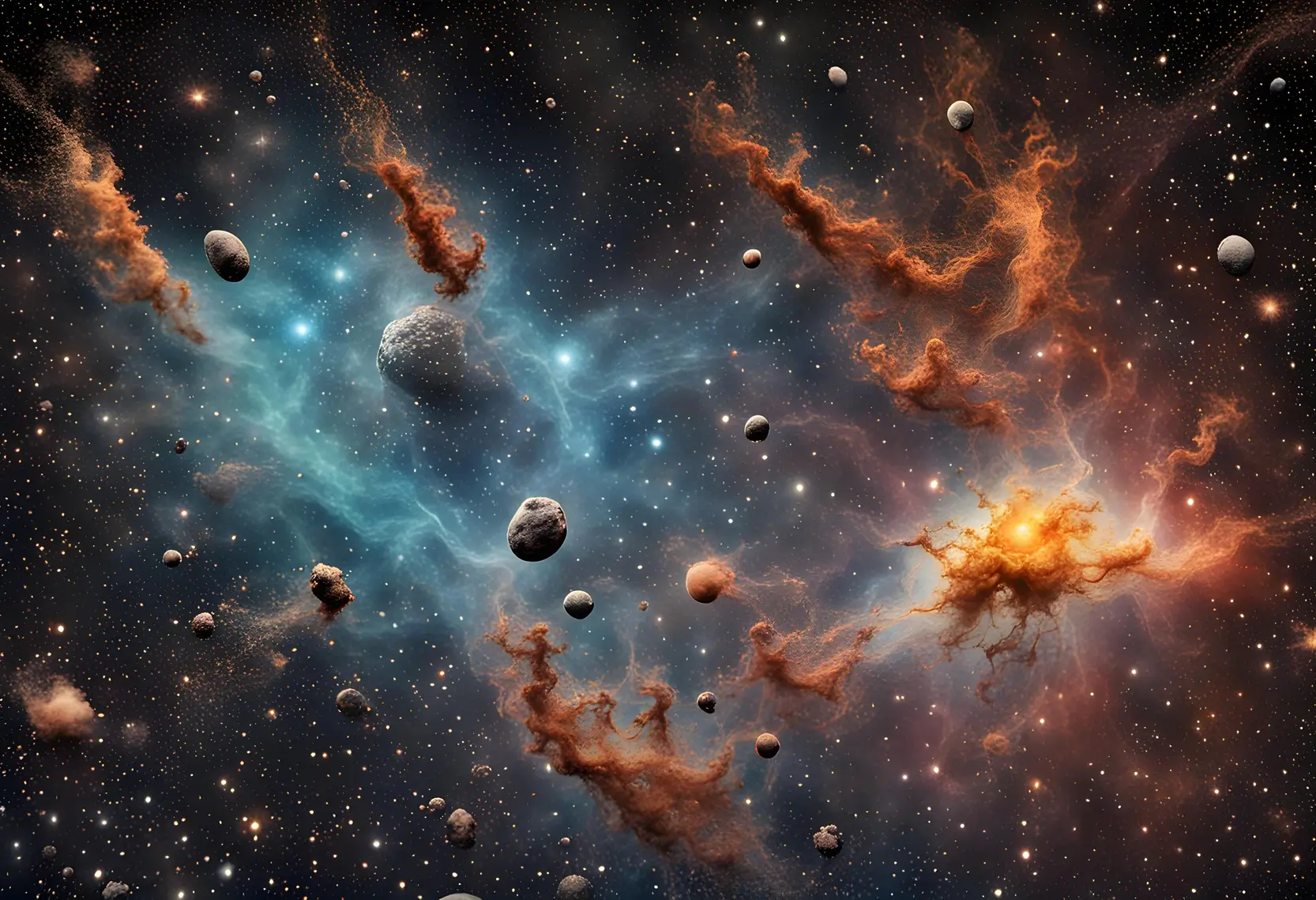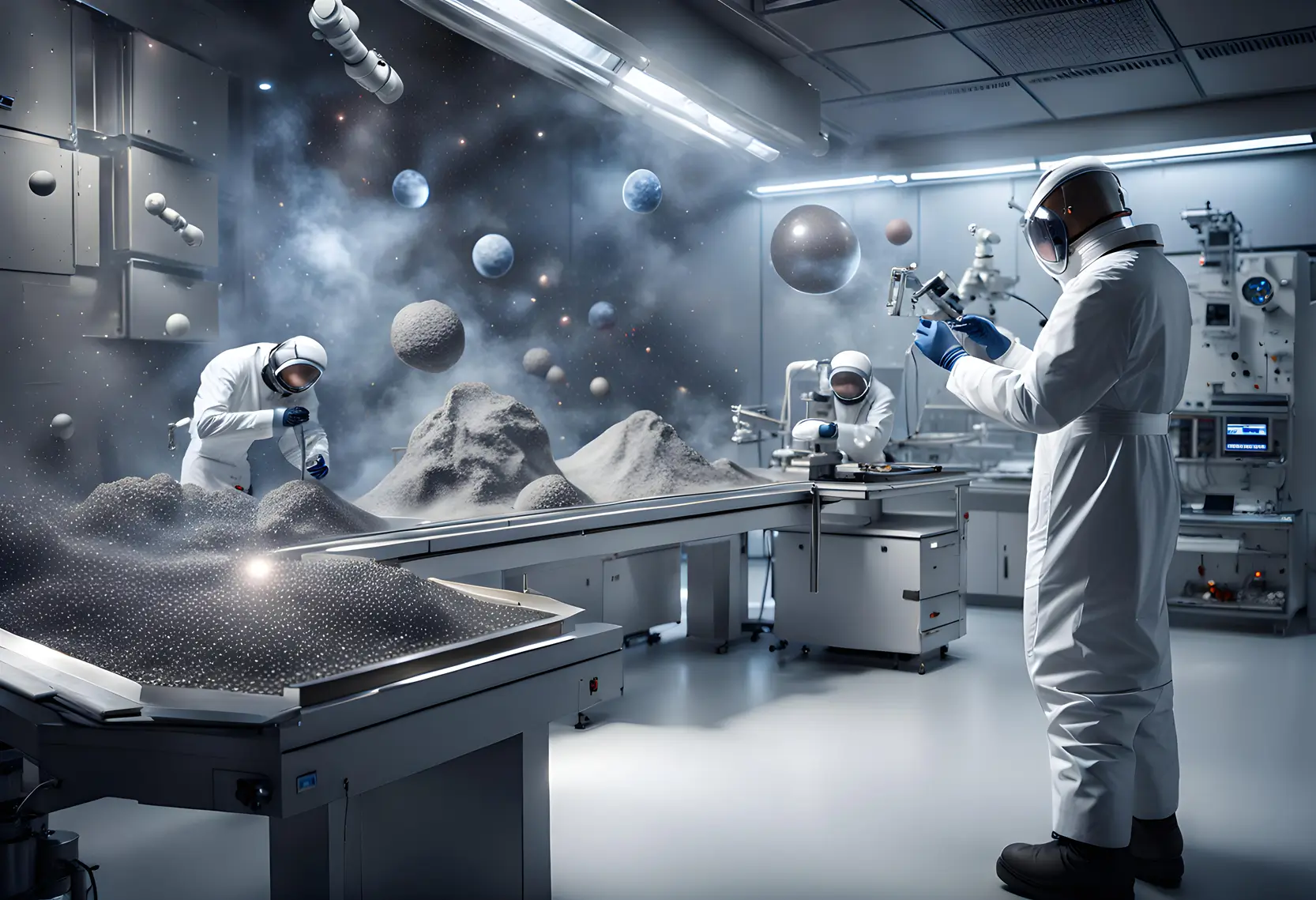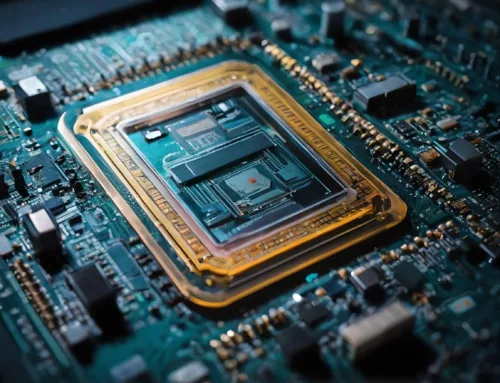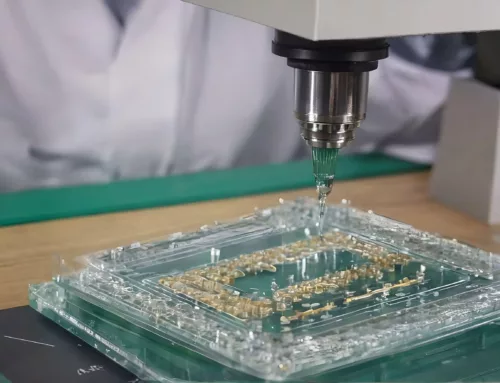Powder Technology on a Grand Scale

Powder technology, in a broad sense, encapsulates the intricate processes that have shaped our planet. From the primordial cosmic dust that coalesced to form Earth to ongoing geological forces, powder-like interactions are omnipresent. During the planet’s formation, microscopic particles played a pivotal role, merging and solidifying to create the diverse landscapes we observe today. Even now, erosion, weathering, and geological transformations continually reduce rocks and minerals into fine particles, contributing to the dynamic evolution of the Earth’s surface. In essence, the Earth itself can be viewed as a manifestation of powder technology, a testament to the microscopic dance of particles shaping the macroscopic world.
But it goes even further, cosmic dust, also known as extraterrestrial dust, space dust, or star dust, is a prevalent phenomenon in the universe that plays an important role in the formation of celestial structures and the evolution of stars and planets.
Genesis of Cosmic Dust
The genesis of cosmic dust is an intricate process deeply rooted in the life cycles of stars, marked by phenomena like nucleosynthesis, dust condensation in stellar outflows, and the transformative role of shock waves in the interstellar medium. Stellar remnants, the echoes of stars that have completed their evolutionary journey, play a significant role in this cosmic chemistry. As stars progress through successive stages of nuclear fusion, they undergo nucleosynthesis, producing elements crucial for cosmic dust formation.
In the later phases of stellar evolution, particularly during the asymptotic giant branch (AGB) phase, stars expel material in stellar outflows. These outflows become the breeding grounds for dust condensation, where microscopic particles form and aggregate. Elements like hydrogen, carbon, oxygen, silicon, iron, helium, neon, magnesium, sulfur, and more, are synthesized through the stellar fusion processes and become integral components of these nascent dust particles. Some particles are minuscule, akin to a tenth of a sand grain, reflecting the diversity born from the conditions within stellar outflows.
As the cosmic canvas culminates, certain stars, reaching the end of their lifecycle, undergo explosive supernovae. These cataclysmic events liberate substantial amounts of dust and gas into space, contributing to cosmic debris. This debris spans a spectrum, encompassing small grains containing elements like carbon and silicon to larger fragments enriched with heavier elements such as iron—a testament to the elemental intricacies forged within stellar processes. The shock waves, powerful disturbances generated during supernova explosions, further process and distribute cosmic dust in the interstellar medium.
These shock waves impart energy to the surrounding medium, influencing the dynamics and composition of the ejected material. The interplay of nucleosynthesis, dust condensation in stellar outflows, and the role of shock waves creates a dynamic and ever-changing environment, shaping the composition and distribution of cosmic dust throughout the vast expanses of space. This celestial alchemy, intricately woven into the lifecycle of stars, contributes to the rich blend of cosmic dust that permeates the cosmic expanse.
The Universal Environment
The universe, an expansive construct encompassing all of space, time, matter, and energy, stands assumed, as the ultimate scale of existence. Within this cosmic unimaginable vastness, galaxies, colossal assemblies of stars, stellar remnants, interstellar gas, cosmic dust, and dark matter, intricately bind together through the influence of gravitational forces—a fundamental aspect of cosmic dynamics. The distribution of cosmic dust within galaxies is a consequence of intricate gravitational interactions, where gravitational forces shape the spatial arrangement of these fine particles. This gravitational force plays a pivotal role in the formation and organization of celestial structures.
Drawing a parallel with the intricate processes of powder technology shaping our planet, the universe’s vast cosmic matrix reflects the complexities found in microscopic interactions. Galaxies, analogous to powder particles on a cosmic scale, emerge as colossal assemblies akin to the microscopic particles involved in powder technology.
Elements within galaxies, including interstellar gas, cosmic dust, and dark matter, assume roles analogous to the finely tuned components in powder technology.
Much like the diverse range of particles in powder technology, galaxies host various celestial phenomena, encompassing stars and their remnants.
The gravitational forces binding galaxies resonate with the forces at play in the formation and interaction of powder particles. Within the Milky Way, home to billions of stars, this intricate interaction of particles mirrors the gravitational interplay that governs the dynamics of cosmic structures. Gravity acts as the sculptor of the cosmic landscape, organizing the distribution and movement of cosmic dust, influencing the formation of stars, and shaping the complex world of celestial phenomena. This interplay of cosmic forces and microscopic interactions forms a harmonious symphony, elucidating the grand scale of the universe and the intricacies found within the world of powder technology.
Cosmic Dust
Cosmic dust is distributed unevenly within galaxies, playing a significant role in star formation and the creation of planetary systems. Dusty clouds can cool and collapse under their own gravity, forming the raw material for planets. The distribution of cosmic dust, influenced by factors such as the age and size of the galaxy, the presence of other celestial bodies, and the interstellar medium, is essential for understanding the life cycle of celestial structures.
The interstellar medium, consisting of matter and radiation between stars, contains gas, dust, and cosmic rays. It plays an important role in the distribution and evolution of cosmic dust, influencing their movement and distribution. Cosmic dust also plays a vital role in the accretion process, where particles come together to form protoplanetary disks, essential for the formation of planets, moons, and other celestial bodies. The accretion process begins with the formation of a protostar, a dense cloud of gas and dust that collapses under its gravity.
As the protostar grows, it attracts cosmic dust particles that collide and stick together, forming larger particles. These particles eventually become large enough to form protoplanetary disks, giving rise to planets and other celestial bodies. celestial dust also contributes to the formation of exoplanetary systems and influences the interstellar medium, providing valuable insights into the life cycle of stars and planets in different stellar environments. The study of cosmic dust has led to significant discoveries in the field of astrophysics.
Cosmic Dust Travels
Akin to dustiness, celestial dust particles travel through interstellar space, following various trajectories and impacting our understanding of the vast distances between celestial bodies. The movements of cosmic dust can also reveal information about the formation and evolution of stars and galaxies. The movement of cosmic dust particles is influenced by various factors, such as the gravitational pull of nearby celestial bodies, the pressure of the interstellar medium, and the radiation from stars and other cosmic events. These factors can cause dust articles to move in complex and unpredictable ways, making it challenging to track their movements and understand their impact on the cosmos.
Observational Techniques
Scientists have employed various instruments and techniques to study cosmic dust, such as infrared cameras and space telescopes. These tools have allowed researchers to observe the effects of cosmic dust on star formation, the composition of interstellar dust, and the formation of exoplanetary systems. Infrared cameras can detect the heat emitted by cosmic dust particles, allowing scientists to observe their movements and distribution. Space telescopes like the James Webb Space Telescope can observe cosmic dust particles in different wavelengths of light, revealing information about their composition and structure. These tools have led to significant discoveries in the field of astrophysics, such as the detection of water and organic molecules in interstellar dust.
Perspective
Cosmic dust, a fundamental element shaping the universe’s creation, influences the formation of stars, planets, and galaxies. Studying cosmic dust has unveiled valuable insights into the origins and evolution of celestial structures, including the connecting interstellar medium. As research progresses, our understanding of cosmic dust in the cosmos will deepen, providing fresh perspectives on the universe’s mysteries. Viewing the universe as a “powdery” substance, cosmic dust significantly contributes to its formation and evolution. Exploring our universe further will yield valuable insights into the life cycle of stars and planets, along with the interstellar medium connecting them. The poetic concept of the universe as “powder” aligns with the scientific understanding of cosmic dust, inspiring ongoing research and exploration to enhance our comprehension of these cosmic particles.

Concluding Thoughts
Exploring the practical applications and implications of understanding cosmic dust opens a door to innovative possibilities, particularly in the realms of powder technology and materials science. The intricate composition and behaviors of cosmic dust particles, as unveiled through scientific study, could inspire new approaches in powder technology advancements. Insights gained from space dust might contribute to the development of more efficient and finely tuned powder-based processes in a laboratory. Furthermore, the unique characteristics of cosmic dust, such as its distribution and elemental makeup, may offer valuable knowledge for materials scientists seeking to create advanced materials with tailored properties. Exploring the potential applications of cosmic dust offers a forward-looking perspective that holds the potential to influence advancements in terrestrial technologies and materials science.




